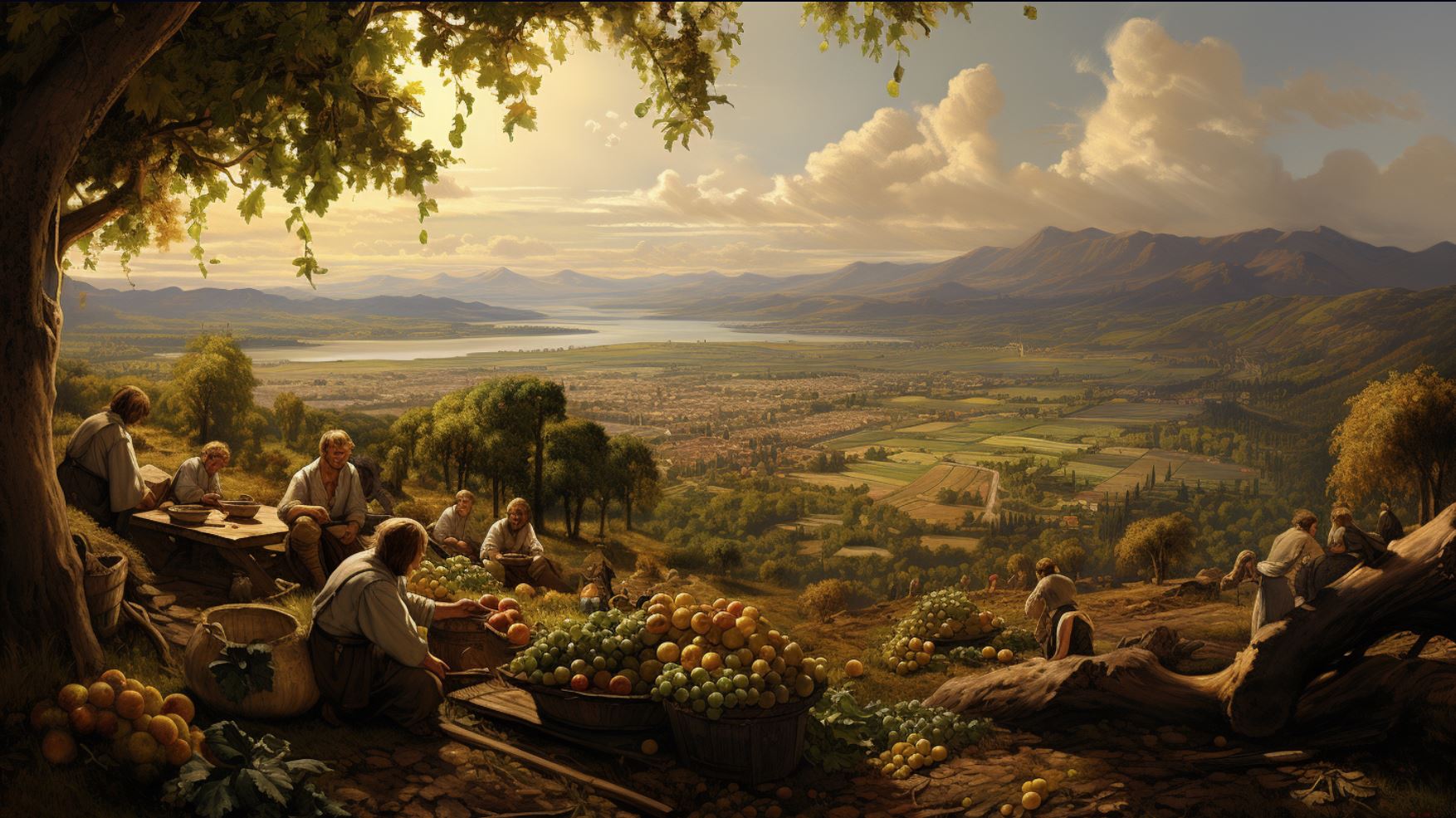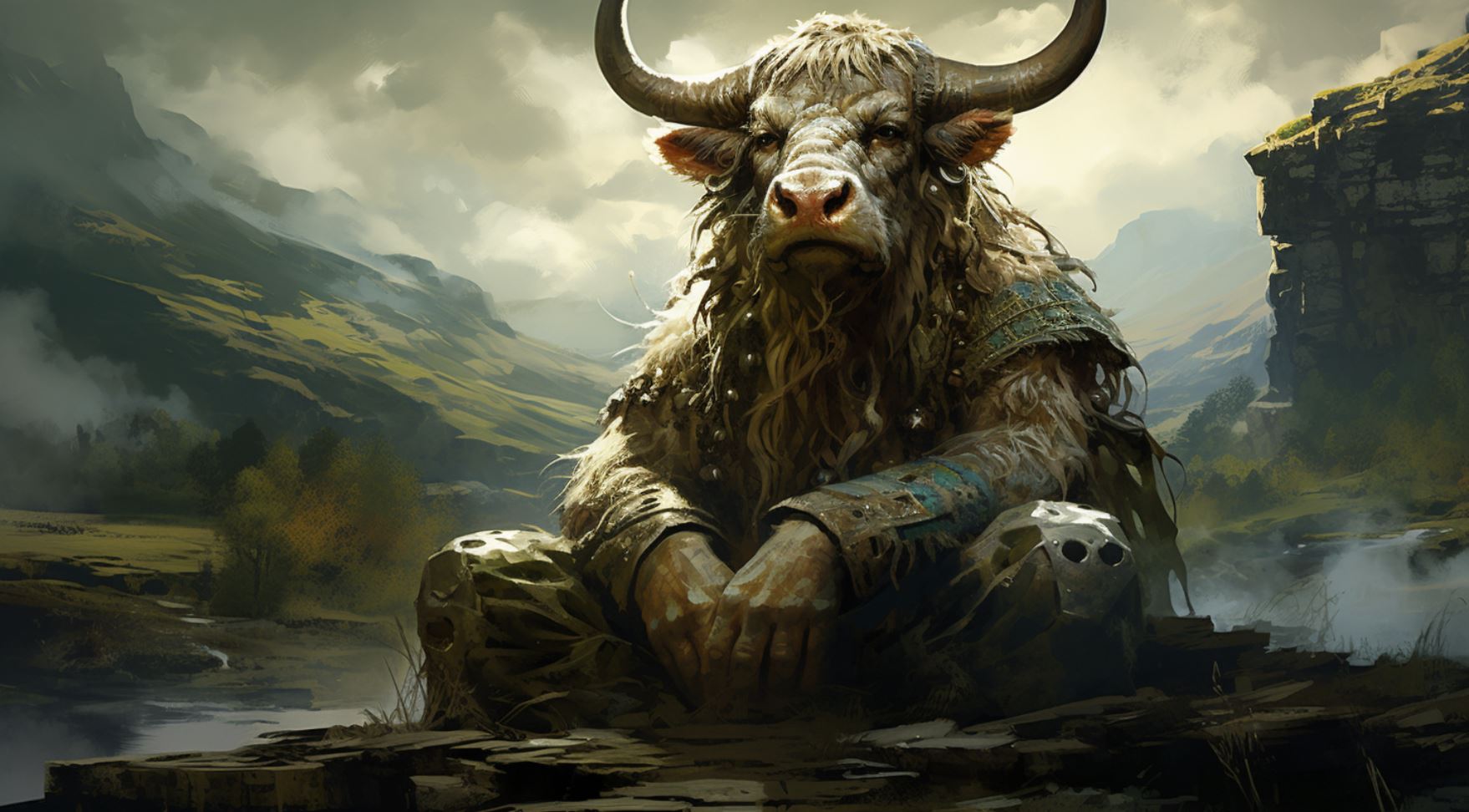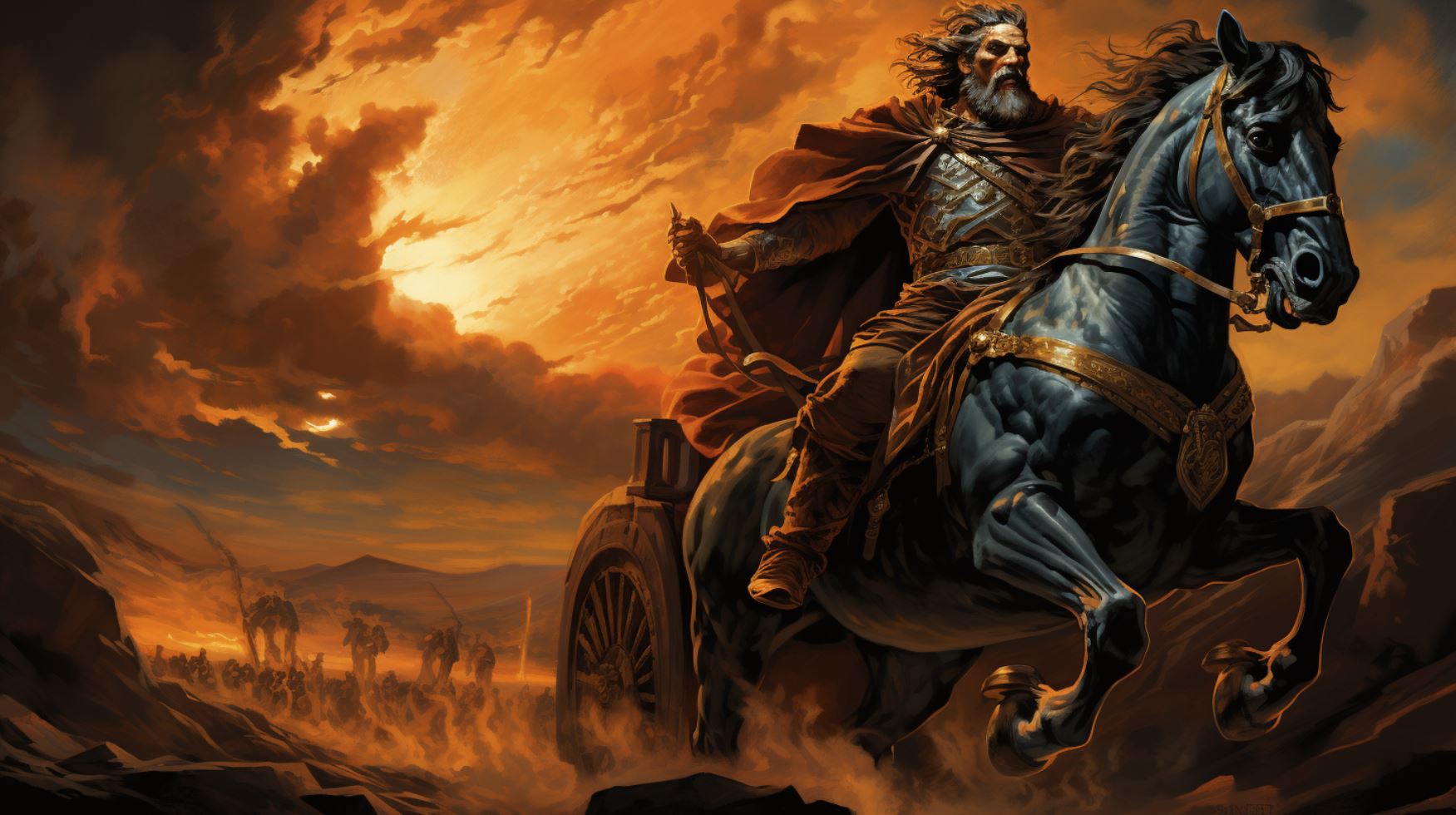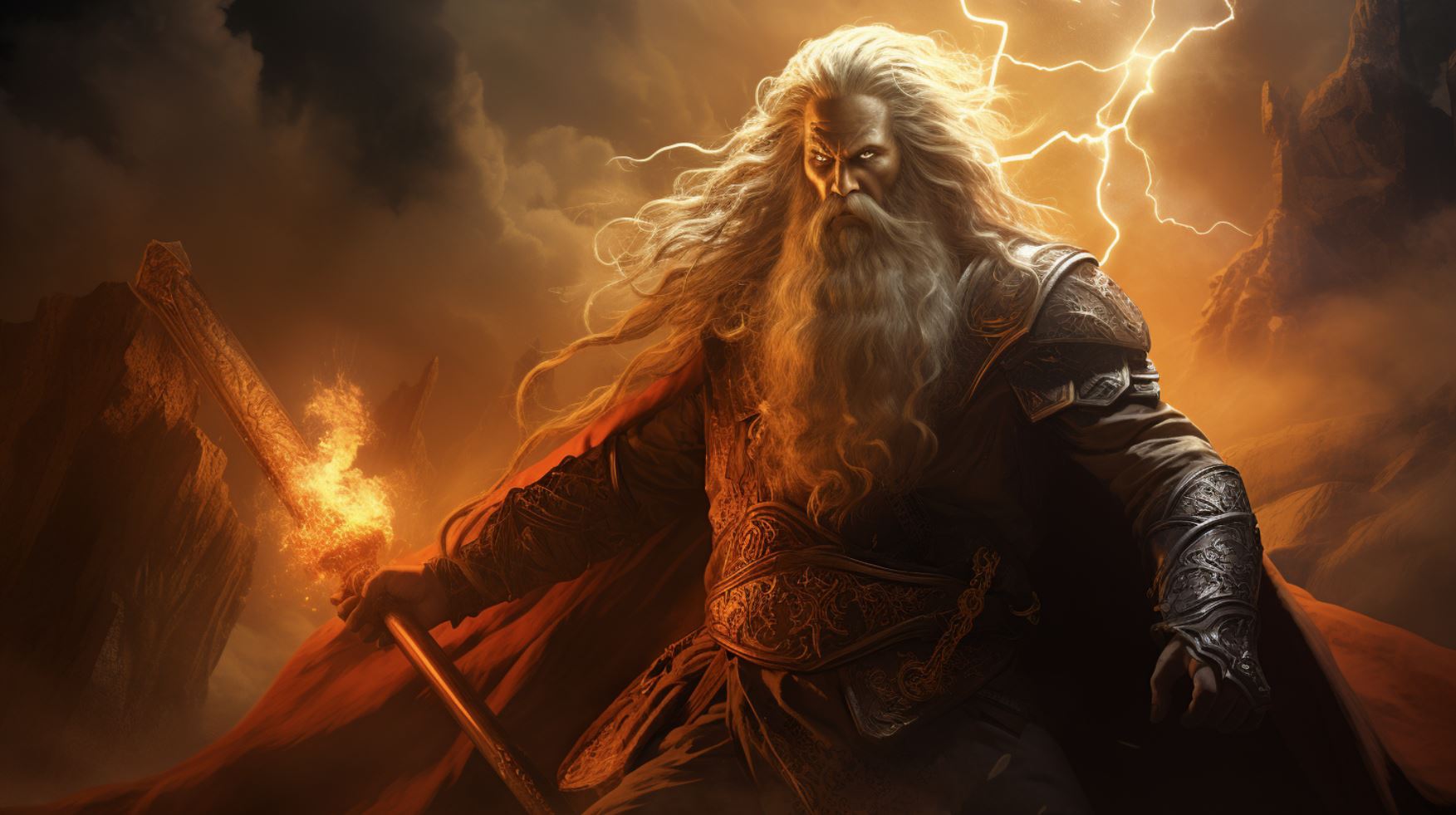Sucellus God: Unveiling the Hidden Power of the Humble Deity
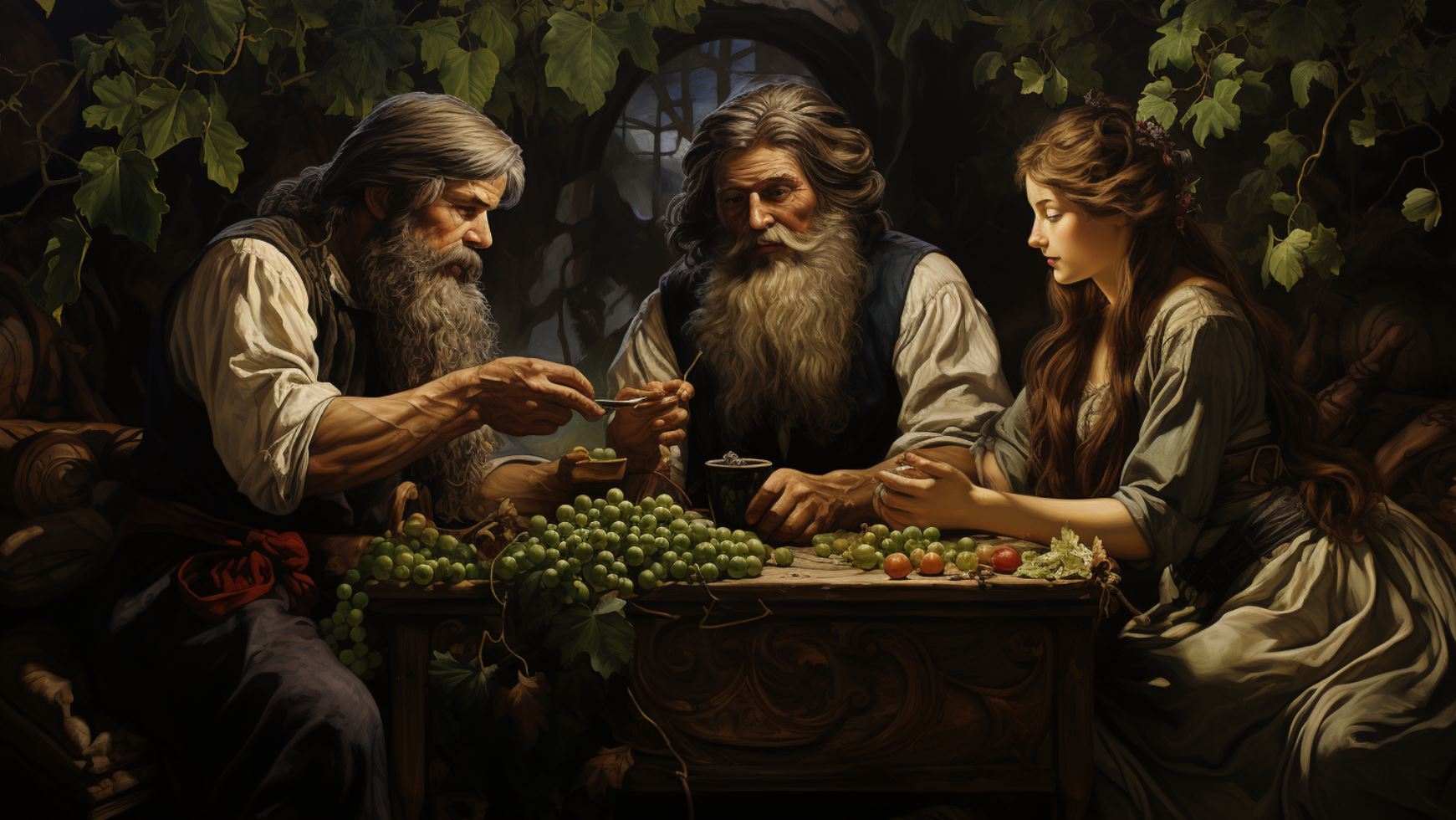
Sucellus God, a deity revered in Celtic and Roman mythology, holds significance as a humble but powerful guardian. This article explores the origins and symbolism surrounding Sucellus, shedding light on his role in protecting and blessing marginalized communities.
The intriguing depictions of Sucellus and his association with Nantosuelta are also examined, alongside their representation in ancient art. Finally, we delve into Sucellus’s lasting legacy and his presence in contemporary interpretations and popular culture.
Discover the hidden depths of Sucellus, a god of prosperity and protection.
The Origins of Sucellus: Exploring Celtic and Roman Mythology
The deity known as Sucellus is deeply rooted in the mythologies of both the Celts and the Romans. Understanding his origins requires delving into the rich tapestry of these ancient belief systems.
Celtic Gods and Sucellus
Within Celtic mythology, Sucellus emerged as a revered figure among the pantheon of gods. He was particularly associated with the domains of agriculture and fertility, embodying the essential forces that sustained and nourished the Celtic communities.
As a deity, Sucellus held a special place in the hearts of the Celtic people, symbolizing abundance and prosperity.
Often depicted with a falx, a curved agricultural tool resembling a sickle or a scythe, Sucellus represented the bountiful harvest and the agricultural wealth of the Celtic lands.
He was seen as the guardian of crops, ensuring their growth and protection from harm.
Roman Influence on Sucellus
As the Roman Republic expanded its influence over Celtic territories, the deities of both cultures began to merge and intertwine. Sucellus, with his strong associations with agriculture and fertility, naturally resonated with the Roman concept of Silvanus, the god of forests and boundaries.
Under Roman influence, Sucellus took on additional attributes and symbolism, aligning more closely with Silvanus . This fusion of Celtic and Roman beliefs resulted in a deeper understanding of Sucellus as a protector of both natural spaces and territorial boundaries.
His prominence grew, and he became a deity revered by the working class, offering them solace and protection in their marginalized lives.
To comprehend the true essence of Sucellus, it is essential to explore the interplay between Celtic and Roman mythologies, as it sheds light on his multifaceted nature and his significant role in ancient society.
Understanding Sucellus: Symbolism and Iconography
As we delve deeper into the world of Sucellus, we uncover fascinating insights into his symbolism and iconography. These visual representations reveal the significance and meaning behind this revered deity.
The Mallet and Hammer: Representing Power and Prosperity
One of the most notable symbols associated with Sucellus is the mallet, or sometimes referred to as a hammer.
This tool holds great significance and embodies the power and prosperity that Sucellus bestows upon his followers. The mallet symbolizes strength, industry, and skilled craftsmanship. It is a representation of the productive forces that drive agricultural and economic growth.
Within the context of Sucellus, the mallet signifies his role as a guardian of the working class and their pursuit of prosperity. It serves as a reminder of the importance of labor, innovation, and the rewards that come from dedicated work.
Sucellus and Nantosuelta: Partners in Deity
An intriguing aspect of Sucellus’s iconography is his association with the goddess Nantosuelta. Often depicted together, these two deities form a unique divine partnership.
Nantosuelta, adorned with a small house atop a long staff, represents the nurturing aspects of the domestic realm.
This symbiotic relationship suggests the interconnectedness of Sucellus’s power in providing for the working class and Nantosuelta’s role in sustaining and enriching their homes and families.
Together, Sucellus and Nantosuelta represent a harmonious balance between the material and the domestic, emphasizing the prosperity and well-being of both the individual and the community.
By understanding Sucellus’s symbolism and his association with Nantosuelta, we can gain a deeper appreciation for the multifaceted nature of this deity and his significance in the lives of those who worshipped him.
The Role of Sucellus: Protection and Boundaries
In the realm of Celtic and Roman mythology, Sucellus emerged as a significant deity whose role encompassed the protection of both physical and metaphorical boundaries. This section delves into two fundamental aspects of Sucellus: his veneration among the marginalized working class and his role as a guardian of limits and natural spaces.
Sucellus and the Marginalized: Veneration by the Working Class
A distinct attribute of Sucellus is his unwavering commitment to the well-being and prosperity of the working class. Despite not being the recipient of grand monuments or intricate temples, Sucellus transcends physical representation and ensures the protection and welfare of those on the fringes of society.
Inscriptions honoring Sucellus have been discovered in the vicinity of mines and quarries, indicating his association with laborious endeavors.
This humble god embodies the aspirations and struggles of the working class, providing a source of confidence and hope.
His influence extends to areas considered on the outskirts, including forests, wild places, and the fields where crops flourish. Sucellus symbolizes the symbiotic relationship between humans and nature, emphasizing the importance of harmony and sustenance within rural communities.
Sucellus as a Guardian: Protecting Limits and Natural Spaces
Beyond his role in empowering the working class, Sucellus assumes the mantle of a guardian, protecting boundaries and natural spaces. His vigilance extends to the demarcation of limits, be it in the form of property boundaries or the preservation of pristine environments.
Silvanus, Sucellus’s counterpart in Italy, showcases his guardianship by presiding over the expanses of forests and fields while safeguarding flocks and crops from threats such as wolves.
The iconography of Sucellus in Gaul reveals significant differences from Silvanus in Italy.
Holding a large hammer or mallet, Sucellus embodies the essence of strength, construction, and production. This tool has been associated not only with the creation of fences but also with powerful natural phenomena such as thunderstorms and earthquakes.
Sucellus’s otherworldly vessel, possibly representing abundance and sustenance, emphasizes his role as a provider.
Together with his association with Nantosuelta, Sucellus forms a divine partnership that encapsulates various aspects of protection and nourishment.
Nantosuelta’s symbolic depiction with a small house on a long staff indicates her connection to domesticity and the nurturing aspect of Sucellus’s guardianship. This partnership highlights Sucellus’s larger role in providing sustenance and prosperity to both the physical and spiritual realms.
In conclusion, Sucellus assumes a multifaceted role as a guardian and protector. His veneration by the working class showcases his significance in the marginalized communities, while his guardianship extends to the preservation of natural spaces and the establishment of boundaries.
Sucellus embodies the essential values of prosperity, strength, and abundance, ensuring the well-being of those who rely on his continuous protection.
Depictions of Sucellus: Unveiling Ancient Art
Depictions of Sucellus in ancient art provide us with valuable insights into the visual representation of this revered deity. Through reliefs and artwork, we gain a deeper understanding of the symbols and themes associated with Sucellus’s iconography.
From the powerful symbolism of the mallet and hammer to the intriguing visual clues, these depictions offer a glimpse into the rich mythology surrounding Sucellus.
Reliefs and Artwork: Insights into Sucellus’s Visual Representation
Ancient reliefs and artwork frequently depict Sucellus in various forms.
These representations often showcase his signature attributes and symbols, allowing us to decipher their significance. The imagery surrounding Sucellus provides us with an understanding of how ancient societies perceived and revered this deity.
The depictions of Sucellus commonly feature him holding a large mallet or hammer, emphasizing his association with craftsmanship, construction, and productivity. These tools symbolize his role in facilitating growth, prosperity, and the building of civilizations.
The reliefs and artwork also often portray Sucellus with a jovial and benevolent expression, reflecting his protective and nurturing nature as a guardian deity.
Furthermore, in these artistic representations, Sucellus is depicted with a sturdy and robust physique, conveying strength and stability.
Such depictions highlight his role as a provider and protector, ensuring the welfare of communities and the flourishing of the natural world.
Symbols and Visual Clues: Decoding the Meaning Behind the Art
Examining the symbols and visual clues present in depictions of Sucellus offers valuable insights into the deeper meanings associated with this deity.
One such symbol often seen in Sucellus’s portrayal is the mallet or hammer. In addition to representing craftsmanship and productivity, it may also allude to the strength and power necessary for maintaining boundaries and protecting marginalized communities.
The presence of other objects in Sucellus’s artwork, such as the large or small bowl, raises questions regarding their symbolic significance. The bowl could symbolize abundance, prosperity, or a connection to the otherworldly realm, where Sucellus holds influence.
These visual cues encourage further exploration and interpretation to fully comprehend the multifaceted nature of Sucellus and his role in ancient belief systems.
- Insights from the Art:
- – Sucellus is often depicted with a mallet or hammer, symbolizing craftsmanship and productivity.
- – His robust physique portrays strength and stability.
- – The visual cues in the artwork raise questions about the symbolic meanings of objects such as the bowl.
By unraveling the symbology embedded in the ancient art surrounding Sucellus, we gain a deeper appreciation for the cultural significance and religious devotion attributed to this deity.
The visual representations not only offer a glimpse into the ancient world’s perception of Sucellus but also provide us with a window into the values and beliefs cherished by these civilizations.
Modern Perspectives: Sucellus’s Legacy
As the influence of Sucellus God transcends ancient times, it continues to resonate in modern perspectives. Rediscovering and respecting the significance of Sucellus offers valuable insights into the past and relevance for the present.
Moreover, his presence in popular culture further solidifies his enduring legacy.
Contemporary Interpretations: Rediscovering and Respecting Sucellus’s Influence
Contemporary scholars and enthusiasts alike have delved into the realms of ancient Celtic and Roman mythology, seeking to rediscover and appreciate the multifaceted influence of Sucellus God. Through in-depth research, artifacts, and anthropological studies, this renewed interest sheds light on the importance of Sucellus as a deity who symbolized prosperity and protection for the working class.
By exploring Sucellus’s role in the lives of past societies, modern interpretations uncover the value placed on rural and domestic welfare. This renewed respect for Sucellus not only honors his divine attributes but also reflects a growing recognition of the vital contributions made by marginalized communities in history.
Sucellus in Popular Culture: Representations and References
Popular culture has embraced Sucellus and incorporated him into various forms of media, further solidifying his place in modern consciousness. From literature and art to music and film, Sucellus has left an indelible mark on creative expressions across different mediums.
- The literary world has seen Sucellus’s influence in works of fantasy and historical fiction, where his character and myths make captivating additions to captivating storylines.
- In art, Sucellus often appears in contemporary interpretations of ancient deities, showcasing his robust visual presence and captivating iconography.
- Musical compositions inspired by Sucellus’s symbolism and themes resound not only in traditional Celtic and Roman genres but also in diverse musical expressions worldwide.
- Beyond the realms of fiction and art, Sucellus’s name and attributes find their way into everyday conversations and references, providing glimpses into the enduring allure of this remarkable deity.
Through these various forms of representation, Sucellus God’s legacy persists, ensuring that his significance remains alive and influential in the cultural tapestry of our modern world.
.











